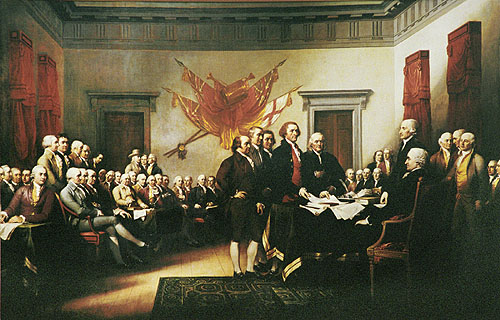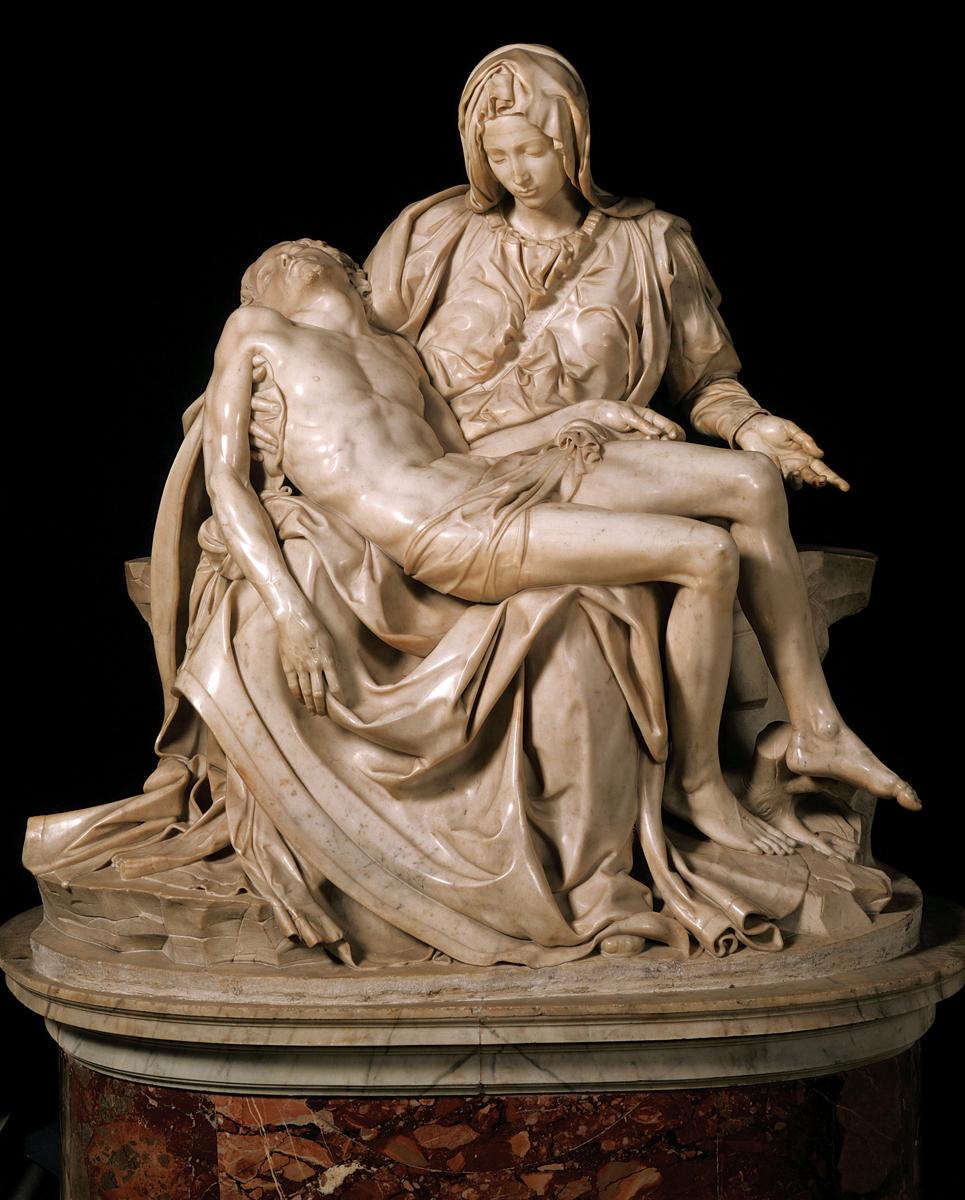tundratrekers@mtaonline.n
Elite Cafe Member
Art,?
When does the use of such implements(such as pantographs,transfers of art not drawn by the artists hand) change the engravers work from "ART" to that of a mere copyist,or general craftsman.
I remember reading an account of Winston Churchill,drawing and redrawing many,many times ,the head of a mountain lion,the size of a pencil eraser,directly on the gun.
Thats art!!!! From the artists hand.
I read many times that masters of today think engravers today are producing finer specimens of engraving than in times past.
I wonder how many of todays "elite" could produce work equal to our predecessors,without the use of all the aids that the industry is using today.
And also,I have seen a gun by Robert Swartly,where he even engraved,"after art by so and so",right under the scene,in plain sight.
When does/did it become okay to not give reference to the origin of the art.mike:thinking:mike
When does the use of such implements(such as pantographs,transfers of art not drawn by the artists hand) change the engravers work from "ART" to that of a mere copyist,or general craftsman.
I remember reading an account of Winston Churchill,drawing and redrawing many,many times ,the head of a mountain lion,the size of a pencil eraser,directly on the gun.
Thats art!!!! From the artists hand.
I read many times that masters of today think engravers today are producing finer specimens of engraving than in times past.
I wonder how many of todays "elite" could produce work equal to our predecessors,without the use of all the aids that the industry is using today.
And also,I have seen a gun by Robert Swartly,where he even engraved,"after art by so and so",right under the scene,in plain sight.
When does/did it become okay to not give reference to the origin of the art.mike:thinking:mike
Last edited:














